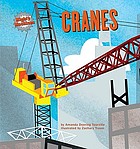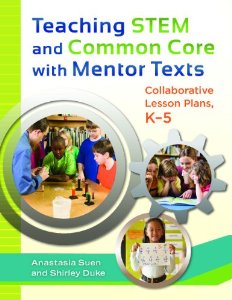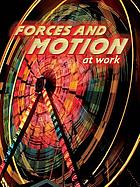How do simple machines help cranes work? Help K-5 students answer this essential question (and meet the Common Core State Standards) with the Teaching STEM lesson plans for this mentor text: Cranes by Amanda Doering Tourville (GRL P / ATOS 4.0)

Unit Summary: Students will examine the essential question, “How do simple machines help cranes work?” Working in small groups, students will research the basic simple machines: inclined plane, wedge, screw, lever, pulley, wheel and axle. They will organize their research into four categories and present and post it in the room so other students can find out about the other simple machines used in cranes. They will use their graphic organizer to write and explain about the value of cranes, the kinds, and what makes them work.
 The Library Activity begins on page 146. The Collaborative Teacher Activity is on page 148.
The Library Activity begins on page 146. The Collaborative Teacher Activity is on page 148.
Extension Activities(sample)
1. Read another book about cranes and together compare and contrast the ideas presented in the two books.
2. Look up the bird called a crane. Find out about the different varieties of cranes and report to the group. Explain why the machine is called a crane.
3. After reading the book, have the students write a short description of the main idea of the book. Use the phrase, “I am a engineer.. I know that _________.”
You can find more Teaching STEM lesson plans on the Teaching STEM blog
Copyright © 2014 Anastasia Suen All Rights Reserved.












